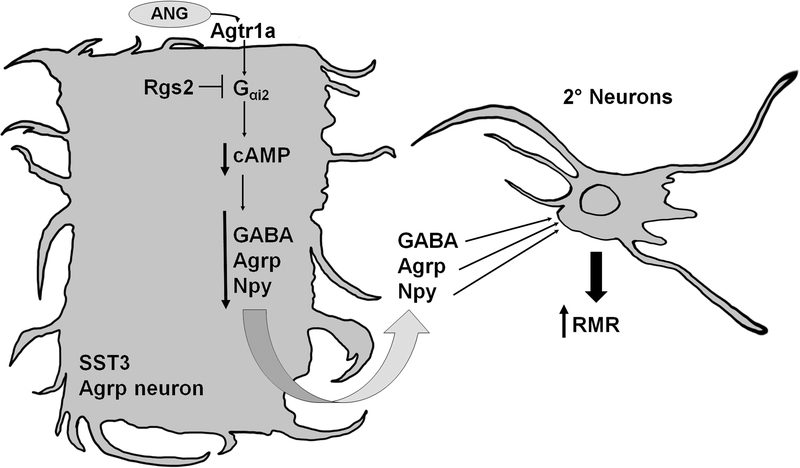Figure 3. Hypothesized second-messenger signaling cascade of Agtr1a within the SST3 subtype of Agrp neurons.
Agtr1a within SST3 Agrp neurons may couple to a Gαi2 cascade that is sensitive to inhibition by the regulator of G protein signaling-2 (Rgs2), resulting in decreased intracellular cyclic adenosine monophosphate (cAMP) concentrations and repression of genes encoding the neurotransmitters Agouti-related peptide (Agrp), γ-aminobutyric acid (GABA), neuropeptide Y (Npy). This would disinhibit second-order neurons in the paraventricular nucleus, dorsomedial hypothalamus, lateral hypothalamic area, ventromedial hypothalamus and/or preoptic area, ultimately leading to the stimulation of resting metabolic rate (RMR).

